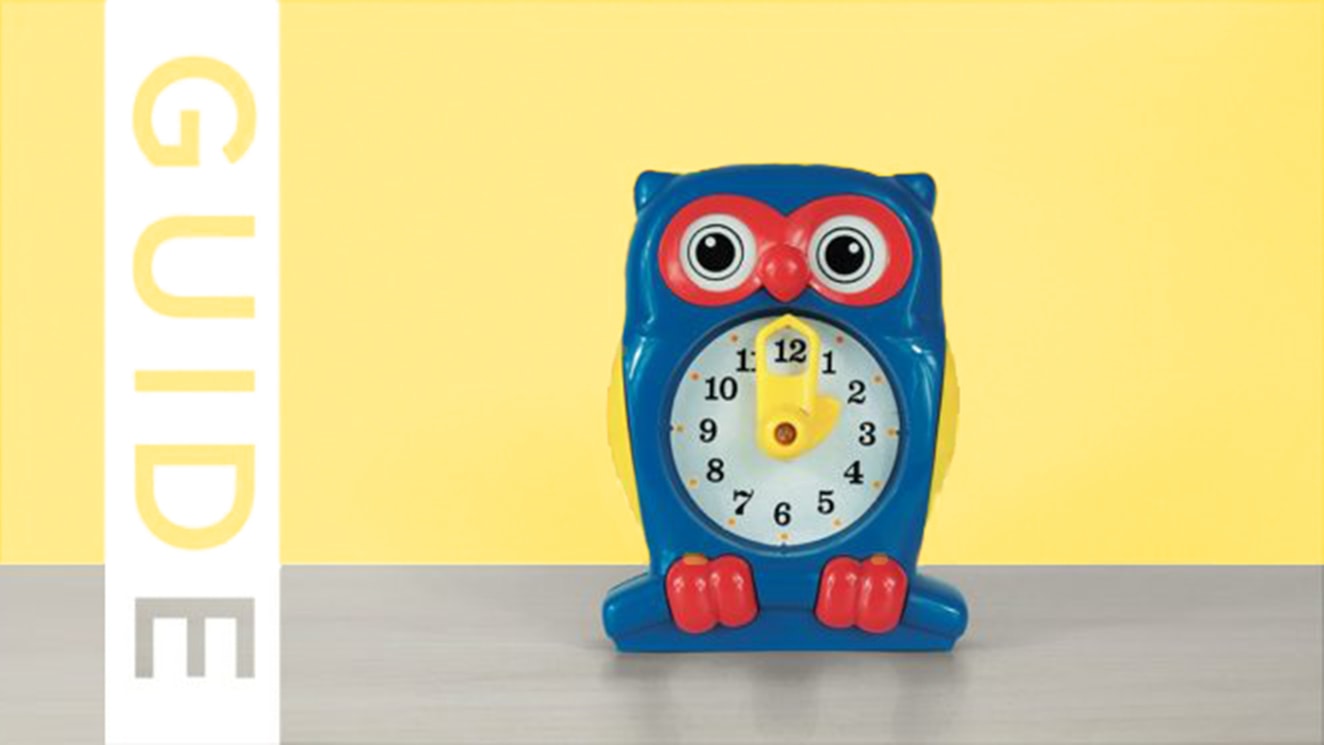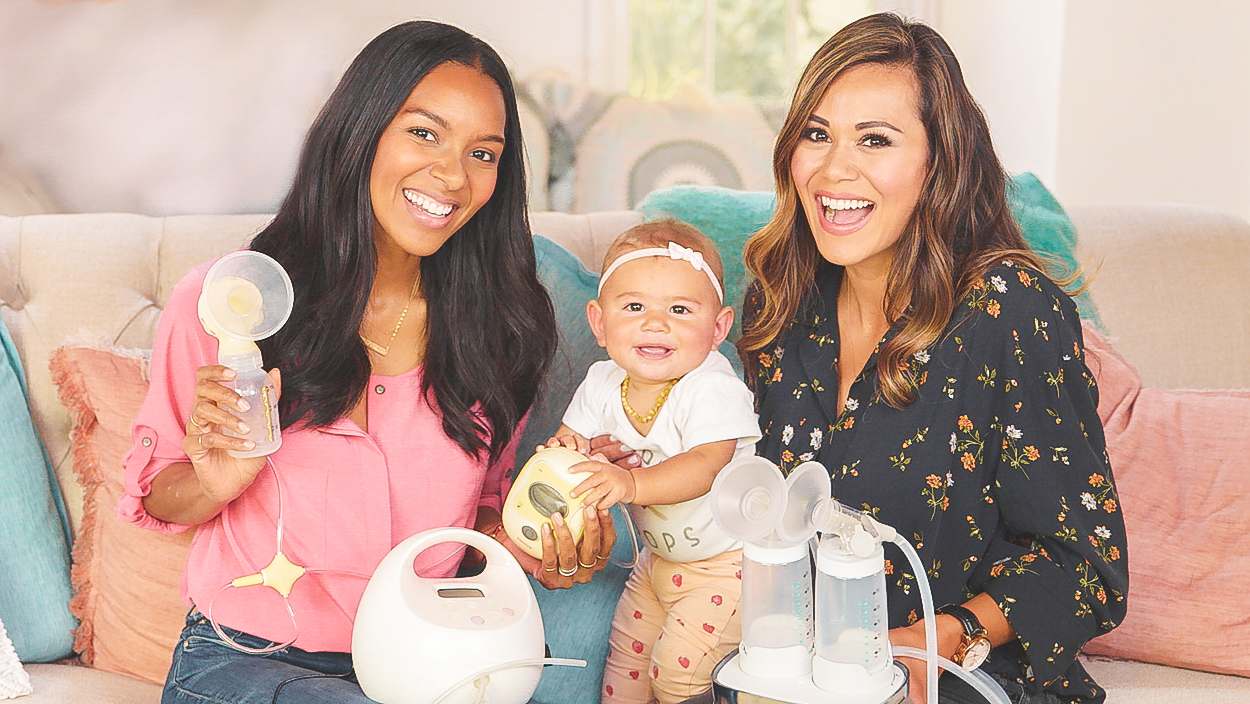

Approved by the What’s Up Moms Medical Advisory Board
At two-months old, keep in mind that it’s less about schedule and more about routine. Soon enough, baby will be ready for a more structured schedule, but for now, it’s all about creating rhythms that will shape your day and start to build habits for baby, while still allowing for a whole lotta flexibility. For those of you who are super into schedules…
…scroll down for a sample schedule at the bottom of this post!
Just keep in mind that every family’s day-to-day with a 2-month-old will look a little different — for example, are you also taking care of an older child and out-and-about a lot? Are you formula feeding or breastfeeding?
Either way, certain patterns will soon develop and you may be seeing glimpses of some of them already, like longer stretches of sleep at night (baby is finally starting to develop day/night differentiation – woohoo!). With that, napping patterns during the day will soon take shape; you may be seeing three naps/day magically emerge. It’s beautiful.
Some tips for building your 2-month-old’s daily routine:
Don’t sweat the clock.
Babe is still too young to be kept to a time-driven schedule. Instead, shape baby’s day (and yours) by thinking about her awake time in increments. For example, after waking in the morning, 2-month-olds can usually stay awake just 1 to 1.5 hours before needing their morning nap. So if your little one wakes for the day at 7am, by 8am, you’ll want to keep your eye out for her tired signs: yawning, looking away, fussiness. If her first nap of the day goes until 10am, her next awake increment will be around 2 hours long, so by noon you’ll be watching for tired cues. Then, between the third (or fourth) nap and bedtime, she’ll have her longest awake period of the day, around 2-2.5 hours. Month by month, these “awake increments” will lengthen and you’ll actually be able to do more stuff with baby during the day. For now, if you feel kinda like a sleep-n-feeding machine, well… yeah.
Build good sleep habits.
Try to put baby down drowsy but awake; this is an important skill for her to master as she gradually builds capacity for independent sleep. Drowsy but awake won’t work all the time (yet), but try it at a couple points during the day so she can practice. First nap of the day and bedtime are best bets since that’s when baby has a strong need for sleep. You’ll also now want to be conscious of sleep environment. Tiny newborns can sleep anywhere at all (Train station? Movie theater? Keg party? No problem), but as babies approach three months, they should nap at home in a quiet, darkened room, and, ideally, stationary in a bassinet or crib, rather than being toted around in a carrier or stroller.

Develop a framework for the day.
Think: Eat, Play, Sleep. Consider that your loose itinerary. So, let’s say baby’s just woken up from a nap. You’ll offer a boob or bottle (which, at this age, let’s face it, can take quite a while). Then you’ll spend some time playing on the floor (tummy time et al) and doing whatever floats your boat. Wear baby around the house, hang out in the bouncer seat, take a walk, sing, discuss the economy. Next up: nap. And so on. If it feels like baby is ALWAYS sleeping, it’s true – she kind of is. Soon you’ll have more awake time for more fun activities, we promise.
Your nap mantra: start strong
Focus your energy on baby’s first and second naps of the day, since those tend to be the most restorative. After that, all bets are off since at this stage, afternoon naps only sometimes work. Sometimes they’re super short, sometimes baby won’t let you put her down at all and she’ll only sleep if you wear her. Fine.
Fill ‘er up.
Stack feedings during the day so baby learns to eat during the day and sleep at night. 2- month-olds should have 7-12 feeds per 24 hour day if they’re breastfed, and 6-8 feeds per 24 hour day if they’re formula fed. If you can hit that target as much as possible during the day, great; then if baby doesn’t wake to feed at night, no problem. Help baby along by exposing her to lots of sunlight during the day.
Baby’s been in charge for a couple months. Now, finally, you’re co-pilot.
Here’s a sample schedule for a 2-month-old:
7:30a – Wake and feed
8:00a – Play!
9:00a – Nap #1
10:30a – Wake and feed
11:00a – Play!
12:30p – Nap #2
2:00p – Wake and feed
2:30p – Play! This is likely to be baby’s longest awake increment of the day, so get out of the house, get some fresh air, or run an errand
4:00p – Nap #3
5:30p – Wake and feed
6:00p – Play! For many babies this age, this is the infamous Witching Hour, that fussy time of day where there’s not too much that seems to make baby happy. Hold onto your hats! Don’t worry, this phase is short-lived, and within the next several weeks, baby will grow out of it. In the meantime, here are some tips for weathering this (ahem) challenging time of day.
7:30 – Wind down! Now’s the time for your calming evening routine: books (yes, you can and should!), bath, feeding/cluster feeding
8:00 – sleep
10:30 or 11:00 – “dream feed,” if this is your preference
Nighttime feedings – will vary
OK, so now that you’ve digested that, mosey on over and see what’s in store for your 3-month-old!







